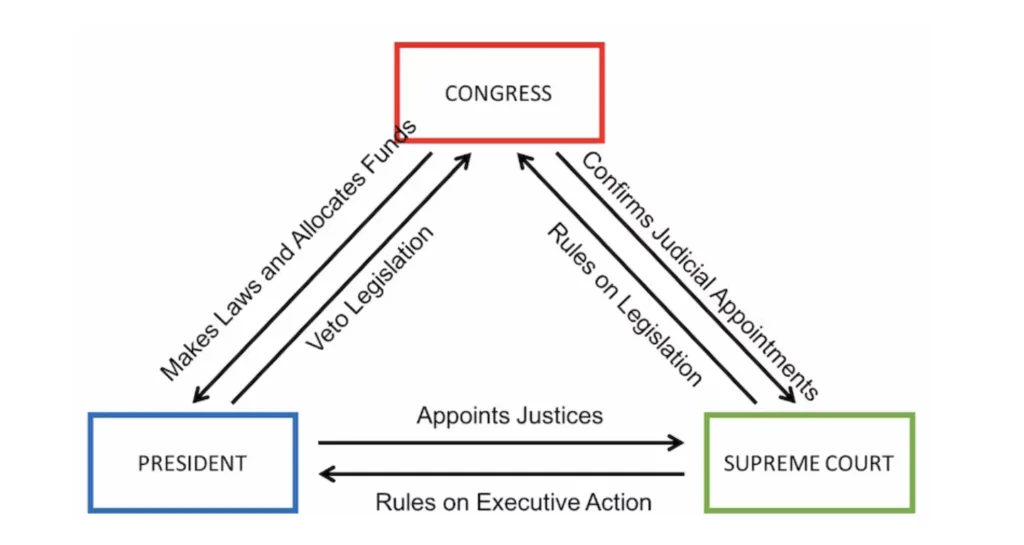Writing a math dissertation is a complex yet rewarding task that requires a clear structure to present your research effectively. Whether you are a student pursuing a master's or a doctoral degree in mathematics, understanding how to organize your work is crucial for ensuring that your findings are communicated clearly and logically. Many students seek math dissertation help to guide them through the process, but with the right structure, you can create a coherent and impressive dissertation that will showcase your skills and research. In this blog, we will discuss the key sections that every math dissertation should include, as well as tips for structuring your work to meet academic standards.
Title Page
The title page is the first thing your readers will see, so it is essential to get it right. It should include the following elements:
- Title: A clear and concise title that reflects the core focus of your research. It should capture the essence of your dissertation without being overly complex.
- Your Name: Your full name as it appears in your academic records.
- Institution: The name of the university or institution where you are submitting your dissertation.
- Degree: The degree for which the dissertation is being submitted (e.g., Master of Science in Mathematics).
- Date of Submission: The date on which your dissertation is submitted.
- Advisor’s Name: The name of your primary research advisor or supervisor.
Ensure that the title page is formatted according to the guidelines set by your institution or department. It’s also important to maintain a professional appearance, as this sets the tone for the rest of your work.
Abstract
The abstract provides a brief overview of your entire dissertation. It serves as a summary that allows readers to understand the main objectives, methodology, findings, and significance of your research in just a few hundred words. While writing your abstract, focus on the following key elements:
- Research Problem: Briefly explain the problem or question your dissertation addresses.
- Methodology: Outline the approach you used to solve the problem or explore the question.
- Key Findings: Summarize the main results of your research.
- Conclusions and Implications: Discuss the broader impact or relevance of your findings.
The abstract should be concise yet comprehensive, providing enough information for readers to determine if they want to read the entire dissertation. Although the abstract is typically written last, it appears at the beginning of your dissertation, so make sure to edit it carefully for clarity and brevity.
Acknowledgments
The acknowledgment section gives you the opportunity to express gratitude to those who have contributed to your research journey. This includes your advisor, other faculty members, peers, and any individuals or organizations who provided support or resources. Although this section is not required in all dissertations, it is a thoughtful gesture that reflects the collaborative nature of academic work.
Table of Contents
The table of contents (TOC) is an essential part of any dissertation, as it allows readers to quickly navigate through your document. It should list all the chapters, subheadings, and appendices, along with their corresponding page numbers. A well-organized TOC improves the accessibility of your dissertation and ensures that readers can easily find specific sections or topics.
Introduction
The introduction sets the stage for your dissertation by providing background information on your research topic and explaining why it is important. It is your opportunity to engage your readers and motivate them to continue reading. In this section, you should:
- Introduce the Research Problem: Clearly define the problem or question that your dissertation addresses. Provide context by explaining why this problem is significant and what gaps exist in current knowledge.
- Review of Literature: Briefly review the existing research on the topic to demonstrate your understanding of the current state of the field. This also helps to highlight the novelty of your work and show how it contributes to the body of knowledge.
- Research Objectives: State the main goals of your research. What are you trying to achieve, and what hypotheses are you testing?
- Methodology Overview: Provide a high-level overview of the research methods you will use to answer your research question or solve the problem.
- Structure of the Dissertation: Offer a brief description of the structure of the dissertation, outlining the key chapters and their content.
The introduction should be clear, concise, and compelling. It sets the tone for the rest of the dissertation and should make the reader want to continue.
Literature Review
The literature review is an essential part of any academic dissertation, and it’s no different for a math dissertation. In this section, you will critically evaluate and synthesize existing research relevant to your topic. This not only demonstrates your knowledge of the field but also provides a foundation for your research. Your literature review should:
- Identify Key Works: Discuss the most influential studies and mathematical theories that have shaped your research area. This may include books, journal articles, and conference papers.
- Analyze Gaps: Identify gaps or unresolved questions in the literature that your research aims to address.
- Compare Approaches: Highlight different methodologies or approaches that have been used in related research and discuss their strengths and limitations.
- Theoretical Framework: Discuss the theoretical frameworks or mathematical models that inform your research. This could include key theorems, concepts, or mathematical techniques that you will apply in your work.
The literature review is your chance to demonstrate that you are well-versed in the existing research and that your work builds on this foundation. Aim for a critical analysis, rather than just a summary, and show how your research fits into the larger academic conversation.
Methodology
The methodology section outlines the research design and methods you used to address your research problem. In a math dissertation, the methodology is typically highly technical, focusing on the mathematical models, proofs, and techniques that you employed. This section should be detailed enough for other researchers to replicate your work if needed. Key components of this section include:
- Research Design: Explain the overall approach you used (e.g., theoretical research, computational methods, or empirical analysis).
- Mathematical Methods: Detail the specific mathematical techniques, models, or algorithms that you applied in your research. Include relevant theorems, lemmas, and proofs.
- Assumptions: Discuss any assumptions or constraints that you made during your research. For example, did you assume certain conditions, such as the continuity of a function, to simplify the analysis?
- Data and Tools: If applicable, explain how you collected or simulated data, and describe any software or computational tools you used to analyze your results.
The methodology section should be clear, precise, and logical. You should ensure that all mathematical concepts and methods are explained in a way that can be understood by a knowledgeable reader.
Results
In the results section, you will present the findings of your research. This is where you show the outcomes of your mathematical models, simulations, or proofs. For a math dissertation, this section may involve complex mathematical formulas, tables, and graphs that help illustrate your results. Key aspects to include are:
- Presentation of Results: Present your results in a logical and organized manner. Use tables, charts, and graphs where appropriate to illustrate key findings.
- Mathematical Proofs: If your research involves proving theorems or lemmas, this is where you will present the mathematical proofs in full detail.
- Statistical Analysis: If your research involves statistical methods, provide a clear presentation of the analysis and any tests you conducted.
It’s important to ensure that your results are presented clearly and that all calculations are shown step-by-step, so readers can follow your reasoning and verify your findings.
Discussion
The discussion section is where you interpret your results and explain their significance. Here, you will connect your findings back to your research question and objectives, and compare them to the existing literature. In this section, you should:
- Interpret the Results: Discuss what your findings mean in the context of your research question. Did your results support your hypotheses? Why or why not?
- Compare to Previous Work: Relate your findings to the literature review and discuss how your work contributes to or challenges existing research.
- Implications: Explain the broader implications of your research. How do your results advance knowledge in the field of mathematics?
- Limitations: Acknowledge any limitations of your research, such as constraints in your methodology or potential sources of error.
The discussion section is your opportunity to demonstrate the significance of your research and how it fits into the broader academic landscape.
Conclusion
The conclusion provides a summary of your dissertation’s key findings and contributions. This section should be brief and to the point, reiterating the main results and their implications. You can also discuss potential future research directions in this section, suggesting how your work could be expanded or applied in other contexts. Key points to cover include:
- Summary of Findings: Briefly summarize the main results of your research.
- Contributions: Discuss the specific contributions your research makes to the field of mathematics.
- Future Research: Suggest possible areas for future research that could build on your work.
Your conclusion should provide a satisfying end to your dissertation while highlighting the broader significance of your work.
References
The references section lists all the sources you cited in your dissertation. It’s crucial to follow the citation style specified by your institution or department (e.g., APA, MLA, Chicago). Be sure to include all relevant books, articles, and other sources that you referenced throughout your dissertation.
Appendices
The appendices are optional but can be useful for including supplementary material, such as detailed calculations, code, or large datasets. Any material that is too detailed or lengthy to be included in the main body of the dissertation can be placed in the appendices.
In conclusion, structuring your math dissertation correctly is essential for presenting your research in a clear, logical, and professional manner. By including the key sections outlined above, you can ensure that your dissertation meets academic standards and showcases your work effectively. Whether you are writing a simple thesis or an advanced dissertation, following a proper structure is crucial for making a lasting impact in the field of mathematics. If you need guidance or math dissertation help at any stage of the process, don't hesitate to reach out to experts who can assist you in structuring and refining your work.






















